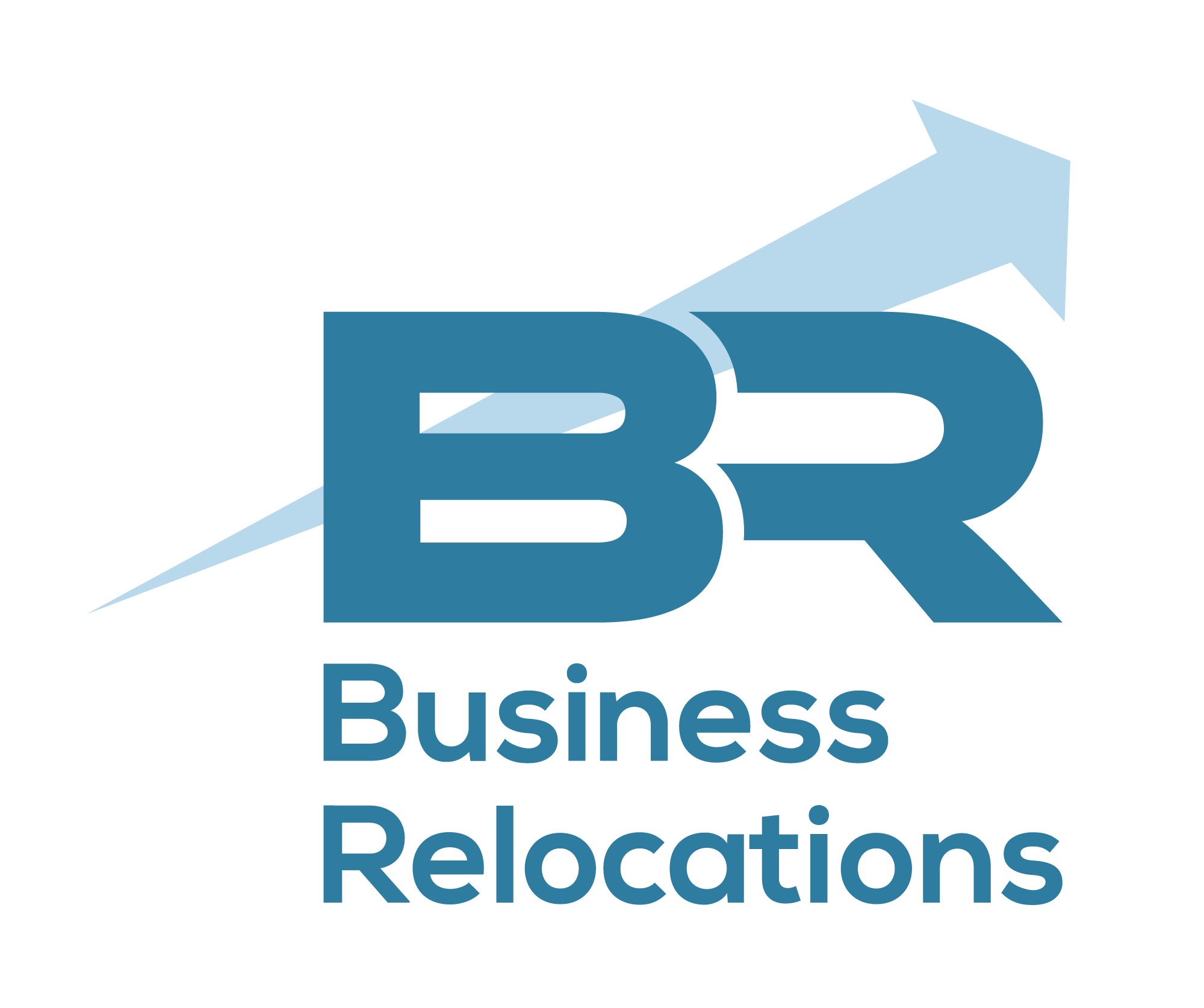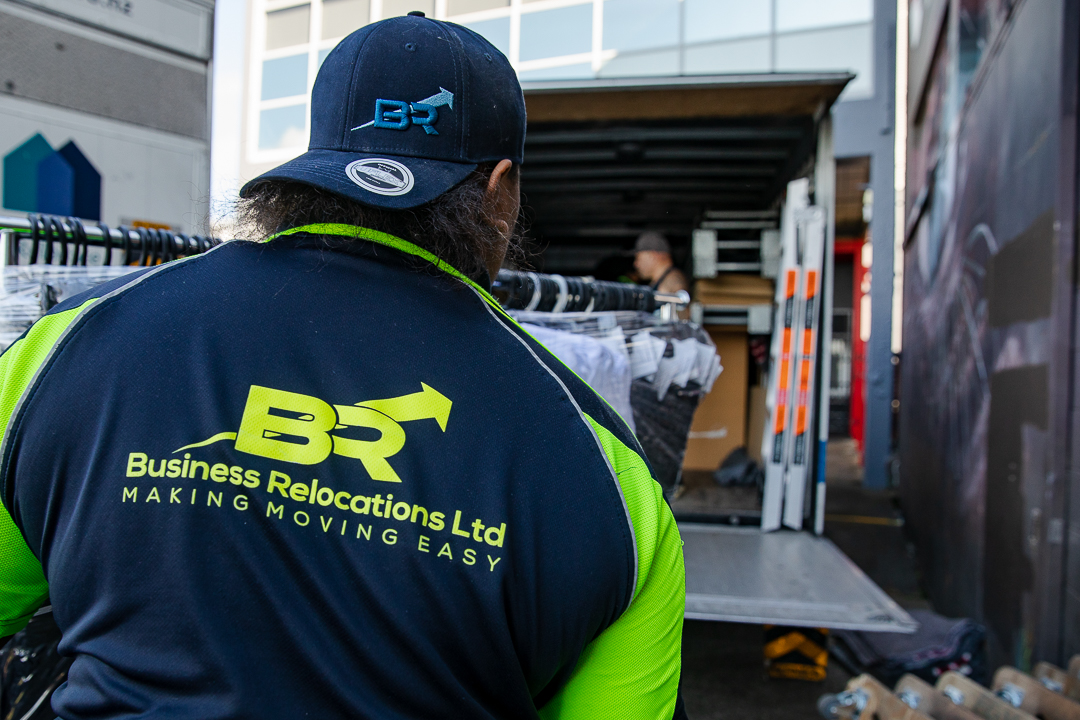Relocating a standard office comes with its challenges, but relocating an entire warehouse can be at an entirely different level. The move will have complexity, and planning in advance will ensure minimal disruption to your business operations.
As commercial movers, we have many years of experience delivering solutions for complex moves like this. The key to a successful warehouse relocation is to have a clear and simple move plan and well-communicated, clearly defined outcomes. To help develop this plan and ensure a successful move, read on for the three vital steps of building a relocation strategy.
Building Your Warehouse Relocation Plan: 3 Key Steps
1. Initial Planning
The first step in a successful warehouse relocation is to create an initial move plan. Once you’ve chosen your new location, set your projected move-out and move-in dates to build a framework that will guide the rest of the planning process. Basic details like locations, dates, and personnel availability are essential to planning the finer details covering key areas such as inventory management, access, and transportation.
At this stage, we recommend setting a few goals around timelines. You may be working to clear timeframes such as lease obligations, building access, and staff downtime, so consulting with your business moving company at this planning stage will ensure your goals are realistic and achievable. This initial planning phase lays the groundwork for a smooth transition, allowing you to identify potential challenges early on, address them proactively, and have contingencies in place, just in case.
2. Inventory Management
The next step is to clearly define the inventory that will be moved. Proper inventory management ensures a smooth transition from one site to the next without losing track of any items or wasting valuable time.
This is your opportunity to take a full inventory of what you have in your warehouse, remove any obsolete inventory that will take up valuable room, and organise it to ensure it’s easier to move. Make sure stock counts are accurate, and items being moved are or will be, clearly labelled for the move.
3. Equipment and Machinery Relocation
Aside from inventory, the largest and most difficult aspect of a warehouse move is the relocation of vital machinery. Depending on your industry, this might be anything from your on-site material handling machinery to manufacturing equipment. Completing this part of the move without damaging the equipment requires a detailed plan of action.
Start by creating a list of everything that needs to be moved and assigning dedicated personnel for proper shutdown, disassembly, and reinstallation. Depending on what you have on your floor, you might need to consider hiring movers who specialise in moving large or challenging items. It also helps to service the machinery before and after the move to ensure everything is still functioning properly.
Trust the Experienced Movers at Business Relocations to Move Your Warehouse.
From inventory to equipment relocation, there are many things to juggle with any commercial move. However, with warehouses, having a relocation strategy is more important than most other commercial moving jobs. With the three steps we’ve outlined safely in hand, you can build a plan that ensures the big day goes as seamlessly as possible. If you’re ever in doubt, reach out to the professional team at Business Relocations to build your warehouse move plan with us.
We have over twenty years of experience shifting warehouses of every shape and size. Whether you need to shift a two-tonne oven or a warehouse floor full of delicate equipment, our team of commercial movers is ready to do so seamlessly.
We offer customised solutions that take your budget and unique needs into account, so get in touch with our team for a custom quote today.

